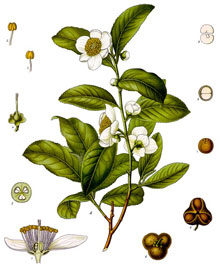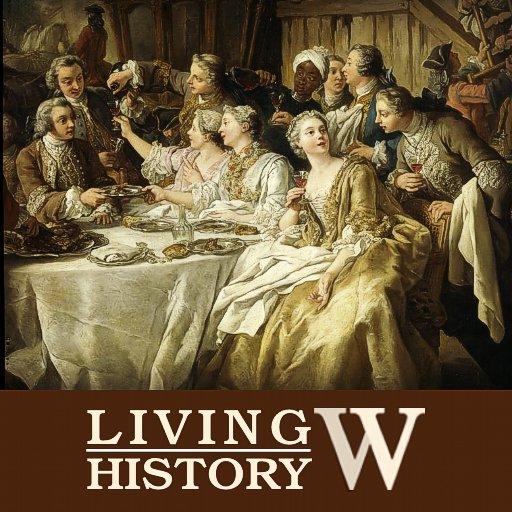 The Origins of Tea Drinking in England
The Origins of Tea Drinking in England
Although I am new to the Royal Courts of SL, I find that one of the social interactions is the drinking of tea and perhaps some sweets. After having has some guests over for tea, I was curious about how the practice of drinking tea all began and the history of it.
The origins of tea are in China, where an emperor and a servant created what we now know as tea. The legend says that a servant was boiling water near a Camellia sinensis tree and some leaves of the tree blew into the water. This is supposed to have happened around 2700 B.C.
Even though England is known for tea, the rest of Europe began to embrace tea much sooner. Dutch and Portugese traders were bringing tea back from China in the early 1600s to Europe.The Dutch first made tea popular and then it spread across continental Europe. It was known as Cupp of Tee or China drink at the time.
Although tea was in England around 1650, it was very expensive and being sold in coffee houses in London. It did not gain in popularity right away among the lower classes of England.
When Charles II of England married Catherine of Braganza in 1662, she brought tea with her from her native Portugal. Tea had been popular there sooner and she brought some tea with her in a chest. Tea was exotic and for the aristocrats in the rest of Europe. It soon became extremely popular at the English court.
Catherine of Braganza also brought another important item with her as her dowry.It was lands in India called Bombay at the time and now is known as Mumbai. It allowed England to be closer to the Far East for trading with them. The British East India Company, chartered in 1600 by Elizabeth I, gained a port and a powerful foothold in the Far East.
Tea imports steadily increased during the next century along with heavy taxation which also led to smuggling. The lower classes in England were also enjoying tea in the coffee houses and it began to get more and more popular. Thanks to the enormous smuggling operation, the lower classes were able to afford it. Heavy taxation on tea came about because the English government relied on the revenue from liquor sales. As people drank more tea, they drank less ale. In the eighteenth century, around 1750, tea became the most popular drink of the lower classes in England.
Sources:
http://www.britainexpress.com/History/tea-in-britain.htm
http://www.tea.co.uk/page.php?id=95
Cheers all and I hope you enjoy*waves*
Leena 
updated by @lady-leena-fandango: 06 Oct 2016 06:09:41AM



 I am a big fan of tea myself and was not aware of all these details yet.
I am a big fan of tea myself and was not aware of all these details yet.